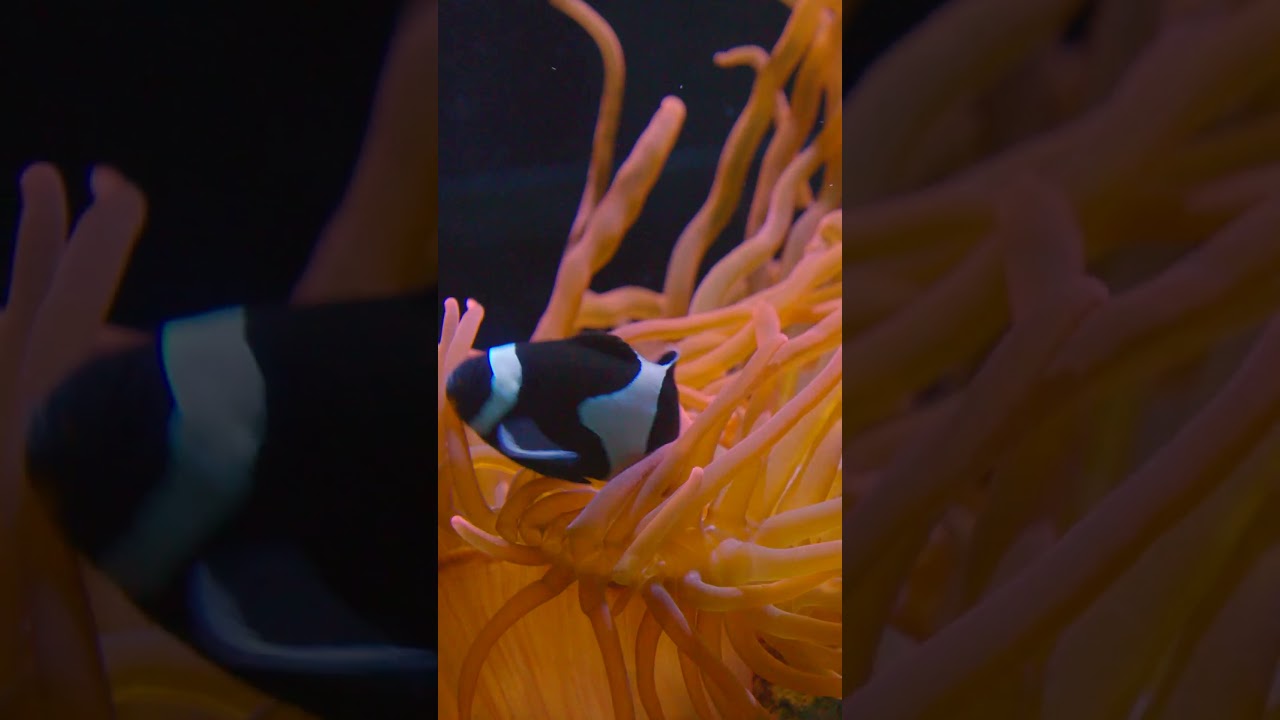– The symbiotic relationship between tropical fish and anemones
– Protective mechanisms and mutual benefits for both species
– Impact of environmental changes on their partnership
– The role of this partnership in marine biodiversity
– Conservation efforts to preserve tropical ecosystems
The vibrant partnership between tropical fish and anemones is a fascinating example of symbiosis in the marine world. This unique alliance offers mutual benefits to both parties involved, showcasing a remarkable adaptation and survival strategy in diverse tropical ecosystems. Let’s delve deeper into the intricacies of this relationship, its broader ecological significance and the conservation challenges it faces.
This partnership’s core is a mutualistic relationship where both species gain significant advantages. Tropical fish, particularly clownfish, find refuge among the venomous tentacles of sea anemones, which offer a haven from predators. In return, the anemones feast on leftovers from the fish’s meals and benefit from the increased water circulation the fish provide as they move around. This interaction highlights an extraordinary balance where each species contributes to the well-being of the other, demonstrating the intricate connections that underpin marine ecosystems.
One key element of this relationship is the protective mechanisms that have evolved to enable tropical fish to coexist with anemones. These fish can avoid triggering the anemones’ stinging cells through a combination of mucus coatings and behavioral adaptations, allowing them to live among the tentacles safely. This adaptation underscores the complexity of biological partnerships and illustrates the dynamic nature of evolutionary processes in configuring life forms for mutual survival.
The impact of environmental changes on the partnership between tropical fish and anemones cannot be overstated. Climate change, habitat destruction, and pollution pose serious threats to their shared habitat, disrupting the delicate balance of their symbiotic relationship. Rising sea temperatures, for instance, can lead to coral bleaching, indirectly affecting the availability of anemones for tropical fish. Moreover, ocean acidification threatens the structural integrity of coral reefs, further endangering the habitats crucial for the sustainability of this partnership.
Understanding the role of the tropical fish-anemone partnership in marine biodiversity is crucial for grasping the importance of preserving these ecosystems. This relationship contributes to the health and stability of coral reefs and supports a broader range of marine species by providing essential resources and habitats. Coral reefs, often called the rainforests of the sea, rely on the intricate interdependencies between organisms to maintain their vibrancy and diversity.
Conservation efforts are vital in ensuring the survival and continuity of the tropical fish and anemone partnership. Protecting coral reefs from the adverse effects of human activities is paramount for preserving the habitats that foster these relationships. Initiatives such as establishing marine protected areas, sustainable fishing practices, and reducing carbon emissions are critical in mitigating the impact of environmental threats. Additionally, fostering awareness and education about the significance of these ecosystems can spur collective action toward their conservation.
The vibrant partnership between tropical fish and anemones exemplifies the beauty and complexity of life in tropical marine environments. This symbiotic relationship highlights the adaptability and interdependence of species and underscores the critical need for conservation efforts to protect these ecosystems from the mounting pressures of environmental change. As stewards of the earth’s biodiversity, we must commit to preserving these remarkable marine habitats for future generations to appreciate and study.
*****
Source Description
In addition to being breathtakingly beautiful, this relationship between anemone and tropical fish is symbiosis at its best.
The sting of anemone keeps predators away, making them a perfectly protected fish fortress. Likewise, territorial fish like the clownfish help keep the anemone safe from anemone-eating fishes.


